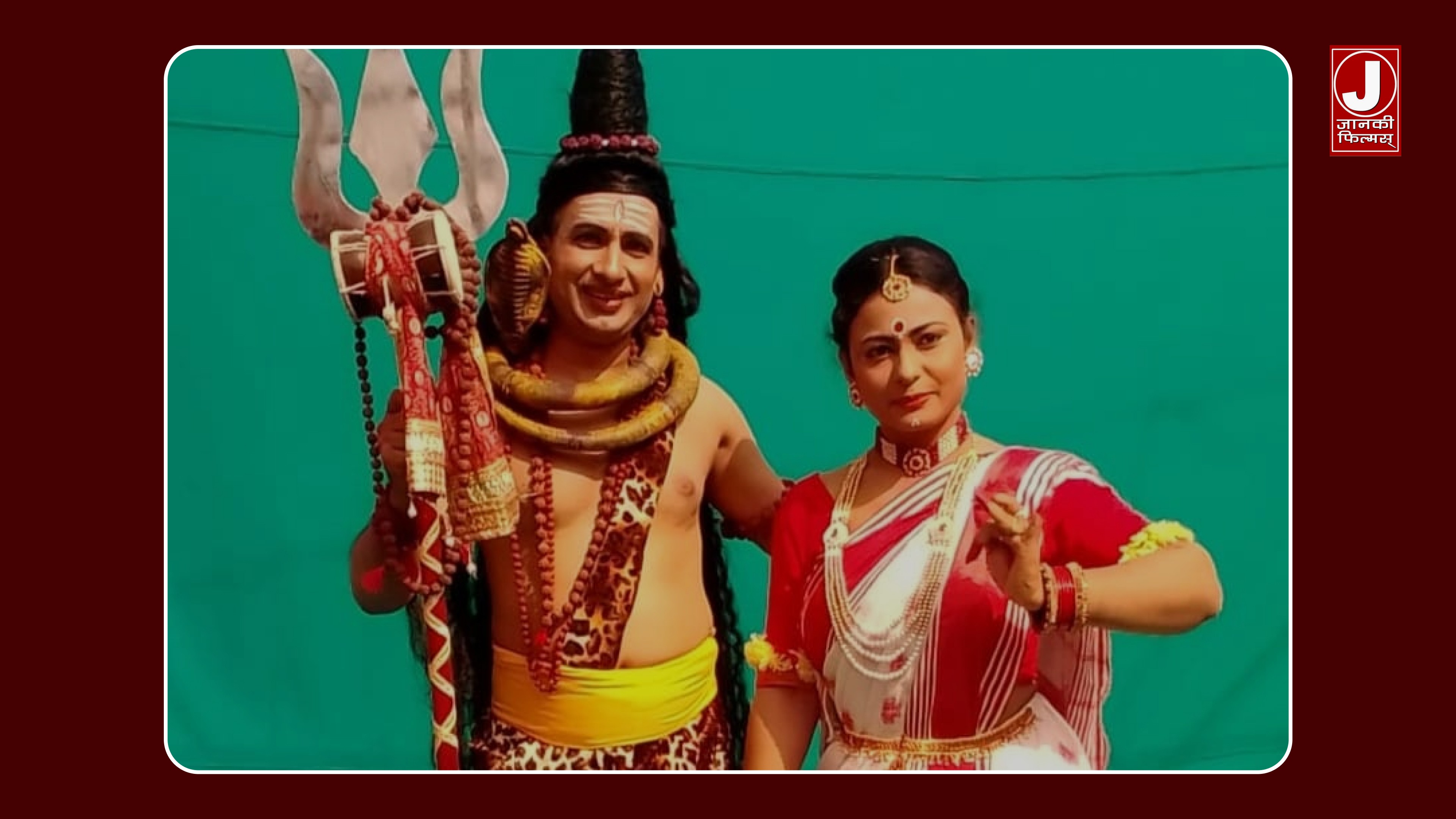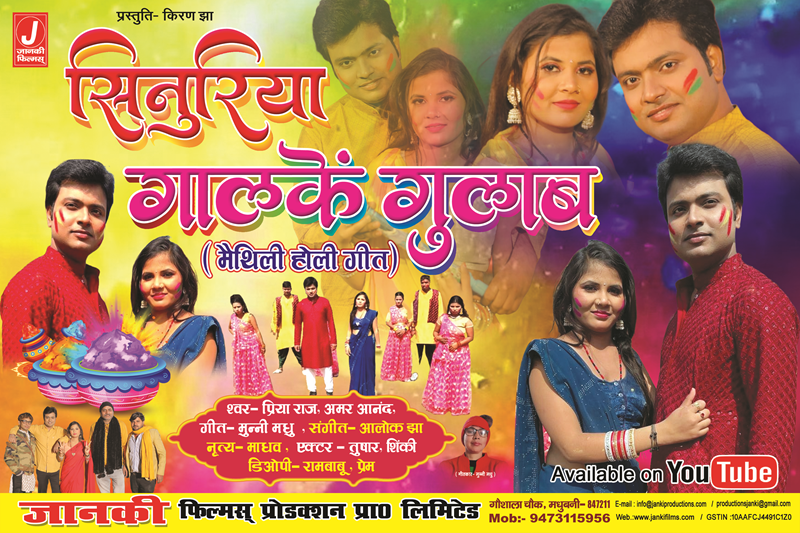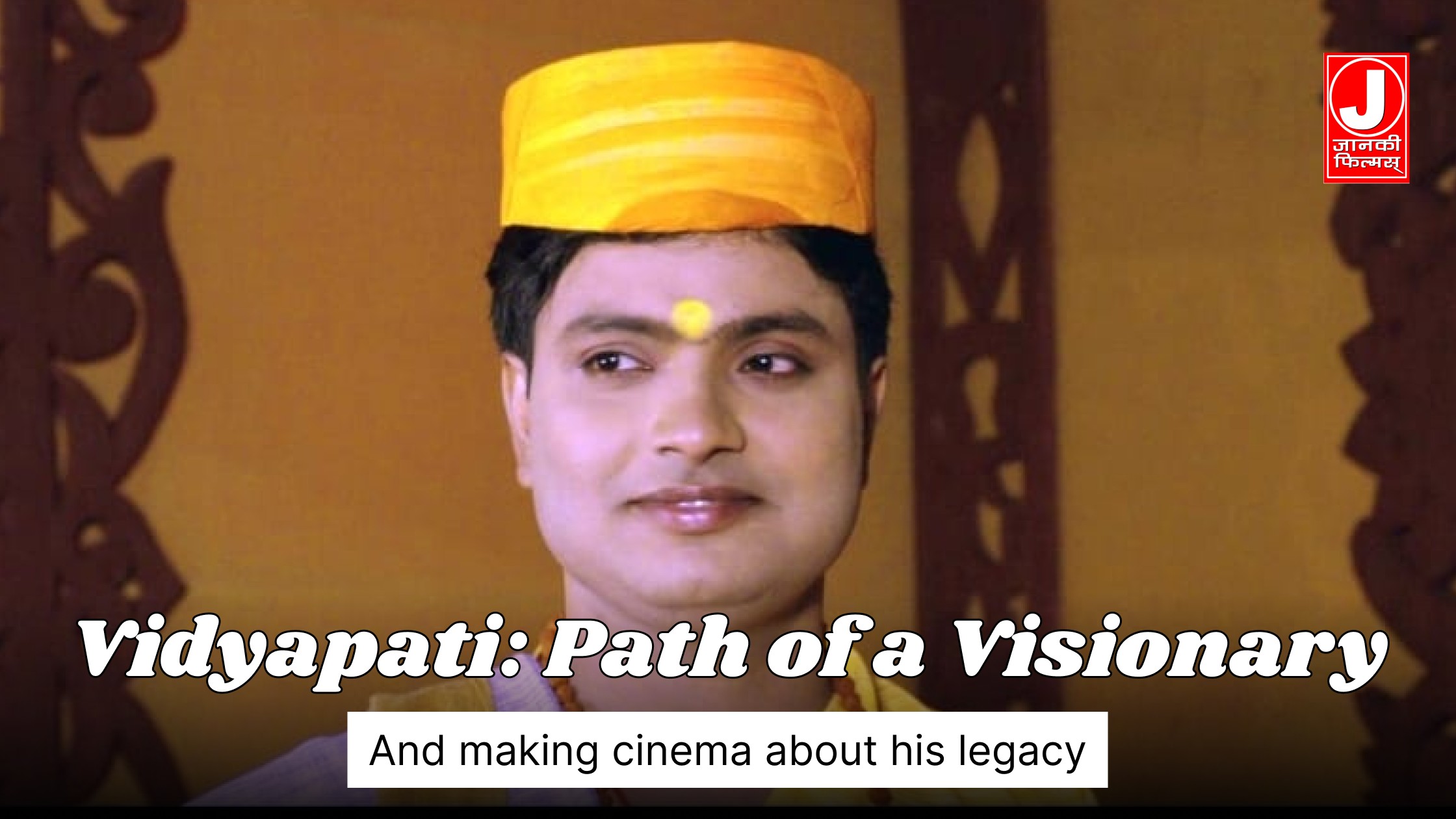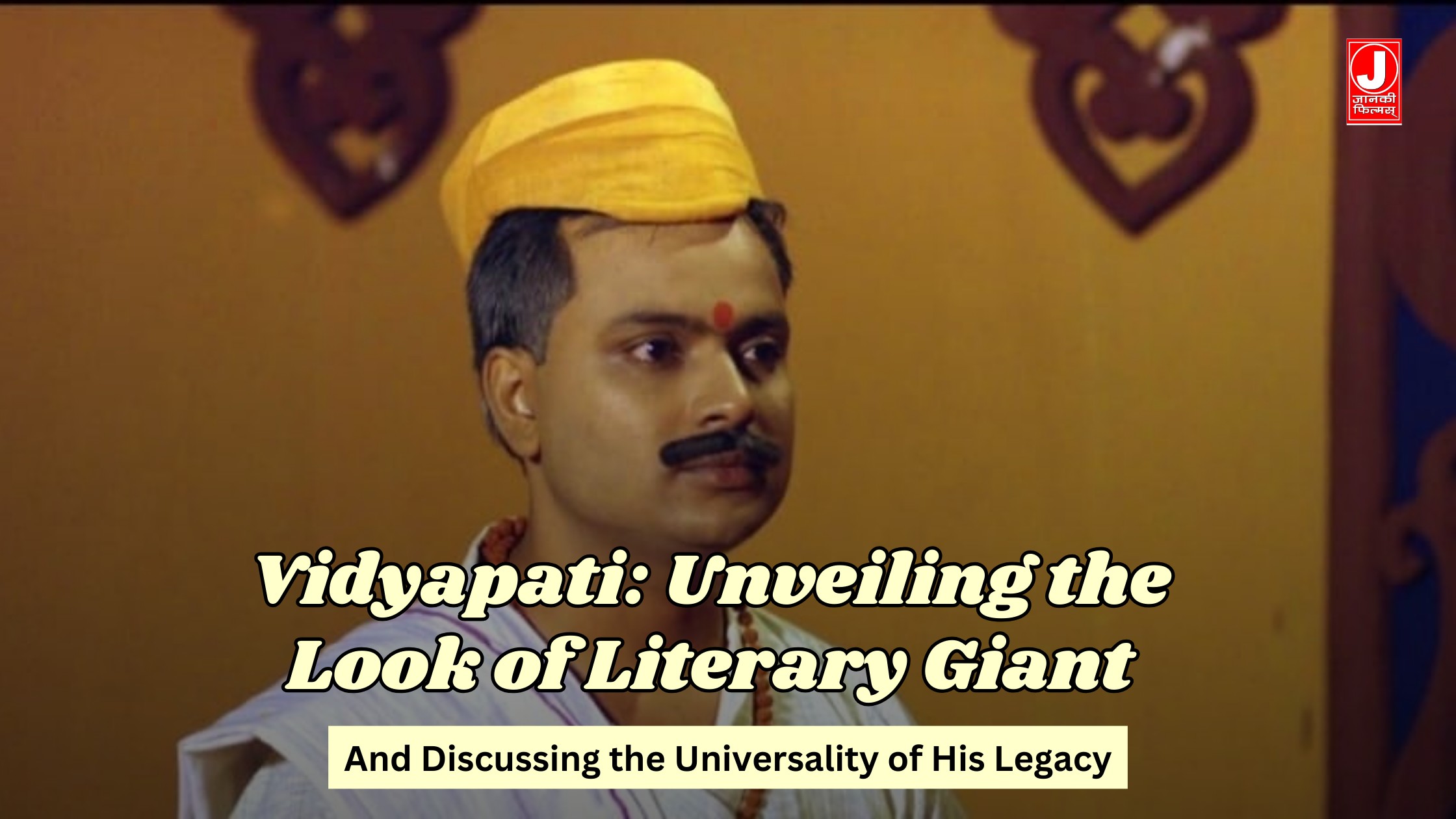Visual Effects in Indian Cinema and its Use in Our Signature Cinema on Vidyapati
Indian cinema has come a long way since its inception, evolving in various aspects, including storytelling, technology, and filmmaking techniques. One crucial area where it has seen significant growth is the use of Computer-Generated Imagery (CGI) and Visual Effects (VFX). While Indian cinema was initially slow to adopt these technologies, recent years have witnessed groundbreaking work that has impressed both critics and audiences alike. From the first successful CGI venture in "Mr. India" to the highly anticipated release of "Vidyapati," Indian filmmakers have successfully utilized CGI and VFX to create awe-inspiring visuals and enhance storytelling.
The Evolution of CGI and VFX in Indian Cinema
In 1987, Shekhar Kapur's "Mr. India" marked the beginning of a new era in Indian cinema with the use of CGI. The film featured an invisible protagonist and showcased some remarkable VFX for its time, leaving audiences mesmerized. While the use of CGI was limited back then, it laid the foundation for future filmmakers to explore the potential of these technologies.
Fast forward to 2010, and the Indian film industry witnessed a game-changer with the release of "Robot" (Enthiran), starring Rajinikanth. Directed by Shankar, the film pushed the boundaries of VFX in Indian cinema. With stunning visual effects and Rajinikanth's magnetic performance, "Robot" became a massive hit, attracting audiences not just in India but also worldwide. This success proved that Indian filmmakers could produce high-quality VFX-driven movies.
The Shah Rukh Khan starrer "Ra.One," released in 2011, further elevated the standard of VFX in Indian cinema. Produced by Shah Rukh Khan's Red Chillies Entertainment, the film's VFX were on par with international standards. "Ra.One" showcased how Indian filmmakers could effectively blend compelling storytelling with cutting-edge VFX, proving that CGI was not just reserved for Hollywood.
Democratizing CGI in Regional Cinema
While early attempts at CGI and VFX were mainly confined to big-budget Bollywood productions, the technology's accessibility improved over time. Regional film industries in India started embracing these visual effects to enhance their storytelling. South Indian cinema, in particular, has produced several VFX-driven blockbusters, with filmmakers like SS Rajamouli gaining international recognition for their ambitious projects like "Baahubali" series.
Visual Effects: Adding Depth to the Narrative
As the Indian film industry embraced CGI and VFX, filmmakers realized that these technologies could do much more than just create jaw-dropping spectacles. They began to utilize VFX to add depth and realism to the storytelling process. From creating awe-inspiring mythical worlds to reviving historical eras, VFX have helped transport audiences to realms previously unimaginable. Additionally, CGI has enabled filmmakers to depict scenes that were once deemed too dangerous or expensive to shoot practically, expanding the possibilities of storytelling.
The Anticipation for "Vidyapati"
Our upcoming signature cinema on "Vidyapati," directed by Shri Shyam Bhaskar ji, also uses VFX to build a compelling narrative and entertain the audience of both Indian and International cinema. With advancements in technology and an ever-growing pool of skilled VFX artists, "Vidyapati" promises to be a visual extravaganza that blends captivating storytelling with cutting-edge special effects. As the film's release draws closer, the anticipation among cinephiles is at its peak.
As we await the release of "Vidyapati," it is evident that CGI and Visual Effects are now an integral part of Indian filmmaking, enriching narratives and leaving audiences spellbound. The future holds even more exciting possibilities as technology continues to evolve, and filmmakers continue to push the boundaries of imagination and creativity.







